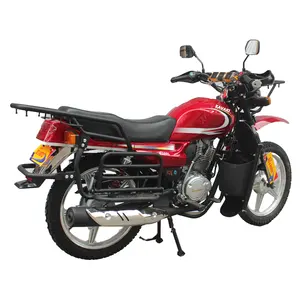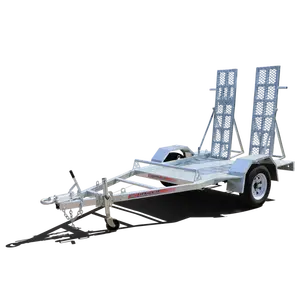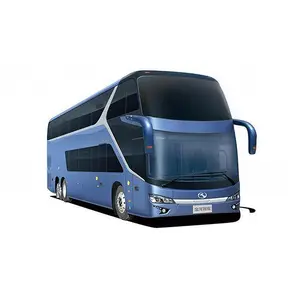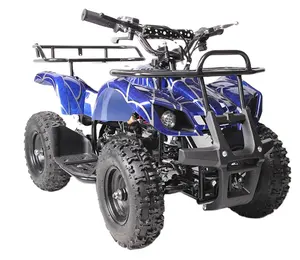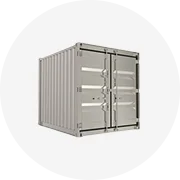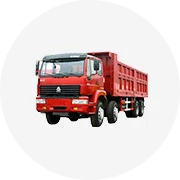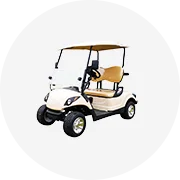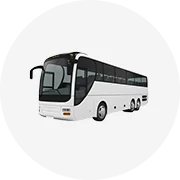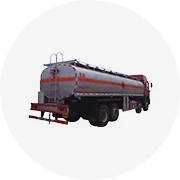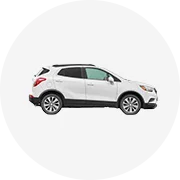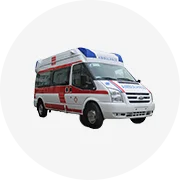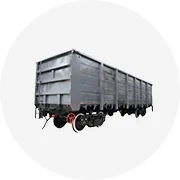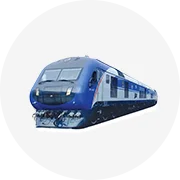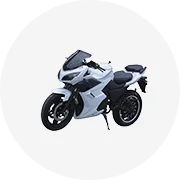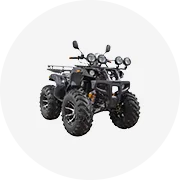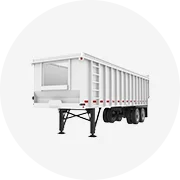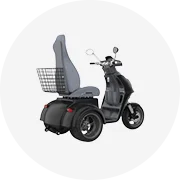Popular in your industry














































































































































































Top categories
About airport baggage car
Navigating the bustling corridors of airports, the silent workhorses - airport baggage cars - play a pivotal role in the seamless transit of your luggage. From the check-in counter to the airplane's belly, and finally to the reclaim area, these vehicles ensure that your belongings arrive safely and promptly. In this article, we delve into the world of airport baggage cars, exploring their intricate technology, diverse types, and the key features that make them indispensable to modern air travel. We'll also examine the materials that fortify their durability and the innovative advancements that are setting new standards in luggage handling efficiency.
Understanding Airport Baggage Cars

Airport baggage cars are integral to the efficiency of airport logistics, facilitating the movement of luggage through various zones. These vehicles are designed to handle luggage with care, ensuring that items, regardless of size or weight, are transported smoothly. The technology behind baggage cars includes advanced conveyor systems that can move luggage on flat, inclined, or declined paths. These systems are equipped with features such as metering, merging, and diverting to optimize the flow of baggage.
The scanning and sorting of luggage are critical steps in the baggage handling process. Scanners and automatic tag readers (ATRs) are employed to track luggage throughout the airport, ensuring that each item reaches its intended destination. In the event of a scanning failure, manual encoding stations are available to maintain the continuity of the process. Furthermore, baggage cars are part of a larger system that includes x-ray machines and explosive detection systems, adhering to stringent security standards for the safety of all passengers.
In terms of sorting, the latest technologies allow for the automated handling of luggage, which is particularly beneficial in larger airports. Systems like cross-belt sorters utilize cross-belt technology to sort baggage at high speeds without causing damage, boasting impressive accuracy rates. This technology ensures that luggage is handled gently and efficiently, ready to be transported to the aircraft or to the baggage reclaim area for passenger collection.
Types of Airport Baggage Cars
Airport baggage cars, essential for the efficient movement of luggage, come in various types to cater to different needs. Models designed for airport terminal use, with carrying capacities ranging from 120 to 300 kg, are suitable for handling passenger luggage with ease. For heavier loads, the runway baggage trailer models offer robust solutions, boasting capacities of up to 2,000 kg, ideal for transporting cargo and equipment across the airport grounds. The ground support baggage trailers stand out with an impressive 3,000 kg capacity, indicating their use for substantial, heavy-duty tasks. Lastly, compact options for smaller loads, accommodating up to 150 kg, are perfect for less congested areas or smaller airports. Each type is designed with specific applications in mind, ensuring that there is a baggage car to meet the operational demands of various airport environments.
Key Features to Consider
Selecting models with the right features is essential for efficient passenger service operations. The design includes two door openings per side, which are essential for easy loading and unloading of luggage. The doors have vertical grab irons molded into the bodyshell, and tinted window glass is mounted flush from the inside, enhancing the car's aesthetic and functional appeal.
Attention to detail is evident in the car's construction, with features such as stirrup steps, separately-applied diaphragms, and marker lamps with separate lens inserts contributing to its realistic appearance. The roof is equipped with separately applied round vents, adhering to the prototype's design. The car's fluting below the pier panels and atop the roof is finely rendered, indicating the manufacturer's commitment to scale accuracy.
For operational reliability, the baggage car includes blackened metal wheels mounted in trucks made from engineering plastic, ensuring smooth tracking along curves of a recommended minimum radius. Additionally, the inclusion of compatible couplers allows for seamless integration with other car models in a train set. While optional features like interior LED lighting kits are available, the core design elements of the baggage car make it a valuable asset for modelers seeking to replicate contemporary passenger equipment accurately.
Materials and Durability
Airport baggage cars are designed with durability and material strength as a priority to withstand the daily rigors of airport operations. Rotomolded construction is a common feature, enhancing the strength and corrosion resistance of these vehicles, ensuring they can endure various weather conditions. The use of co-polymer resin in some models contributes to a lighter weight, which can help in reducing fuel consumption and wear on the equipment.
The structural integrity of baggage cars is often reinforced with thicker steel and additional ribs, providing the necessary strength to support heavy loads. Enclosed carts are built to protect up to 8,000 pounds of baggage, with solid welds to keep the interior dry and secure. The carts' maneuverability is facilitated by features like full 360-degree fifth-wheel rotation, which also aids in safety and reduces the risk of accidents.
For enhanced longevity, many carts come with anti-friction bearings that are permanently lubricated and sealed to prevent contamination, cutting down on maintenance needs. The carts' exteriors are frequently treated with protective coatings, such as military-grade powder coatings, to shield against environmental damage. Some models offer additional customization options like hot-dip galvanizing for even greater corrosion resistance, ensuring that the carts can maintain their functionality and appearance over time.
Advantages of Using Quality Baggage Cars

The implementation of RFID technology in airport baggage cars offers significant advantages. By integrating RFID tracking systems, airports can enhance the utilization of existing baggage cars, ensuring they are available when and where passengers need them most, particularly during peak travel times. This technology allows for the monitoring of baggage car locations in real-time, facilitating improved management and allocation of resources. Moreover, the collection of data on user behavior through these systems can inform better planning and operational strategies, leading to a more efficient and satisfying customer experience. The added capability of tracking systems to support advertising means that baggage cars can also serve as a platform for additional revenue. Overall, the use of RFID in baggage cars translates into more effective operations, with the potential for airports to offer world-class services to travelers.
Innovations in Baggage Car Technology
The evolution of airport baggage handling has been marked by significant technological advancements aimed at enhancing efficiency and safety. The automation of baggage handling processes, including check-in conveyors, screening, sorting, and reclaim systems, has revolutionized the way airports manage luggage flow. This automation not only streamlines operations but also elevates the passenger experience by reducing wait times and minimizing the potential for lost or mishandled bags. The integration of automated solutions in baggage cars is a testament to the ongoing innovation within the industry, ensuring that the movement of luggage is seamless from the terminal to the aircraft. These advancements reflect a commitment to improving process efficiency and underscore the importance of investing in modern baggage car technology to keep pace with the growing demands of air travel.
How to Choose the Right Baggage Car for Your Airport
Top Airport Baggage Cars Available on Alibaba.com

Alibaba.com showcases a diverse range of airport baggage cars designed to cater to various luggage transportation needs within airport environments. Among the selection, customers can find versatile options for handling passenger luggage with ease. The sophisticated solutions for hospitality settings ensure guest belongings are transported with care.
For those seeking personalized options, there are customized luggage trolleys featuring hard shell constructions, ideal for a blend of durability and style. The collection also includes foldable carts, crafted from stainless steel, which provide a luxurious touch to hotel luggage handling services.
The practicality of airport baggage cars is further enhanced by models equipped with hand brakes, offering increased control and safety. Heavy-duty options like the cargo cart with a foldable design cater to more demanding transport tasks, boasting a significant load capacity.
Alibaba.com also offers luggage carts with brakes, suitable for train stations and hotels, alongside nested stacking luggage carts that optimize storage space. For those looking to brand their equipment, there are trolleys with customizable logo options, allowing for a tailored branding experience.
Conclusion
In conclusion, airport baggage cars stand as unsung heroes in the aviation industry, integral to maintaining the flow and security of luggage. With advanced technologies like RFID and automated systems, these vehicles have transcended their traditional roles, morphing into smart, efficient, and reliable components of airport operations. The variety available ensures that every airport can find the perfect match for its specific needs. As we've seen on Alibaba.com, the market offers a plethora of options, each promising to enhance the efficiency of luggage handling while offering the potential for customization and branding. Investing in the right baggage car is not just about moving luggage; it's about elevating the entire travel experience for passengers worldwide. As air travel continues to grow, the evolution of these vehicles will undoubtedly continue, driven by innovation and the relentless pursuit of operational excellence.
